Current Activities
Regular Storage

Regular Storage
Municipal waste arriving at Biotrend's Integrated Waste Management facilities are directed to the relevant units according to their waste types and processed. In this direction, municipal waste is directed to mechanical separation and material recovery facilities, park and garden waste is directed to compost facilities, waste suitable for biofuel production after mechanical separation is directed to anaerobic fermentation units, and waste suitable for energy recovery is directed to ATY facilities. Industrial waste that can be accepted to regular storage areas in accordance with the legislation and waste that is not suitable for material and energy recovery after mechanical separation are directed to regular storage areas and disposed of.
By implementing effective waste leachate and odor management on site, environmental negative impacts are prevented. In this context, area design and rainwater control are the most important factors in terms of waste leachate management in regular storage areas. In order to reduce the environmental impacts that may be caused by regular storage facilities, wastewater leaking from the storage environment is collected thanks to the impermeability layer built on the storage floor, and pollution of groundwater and surface water is prevented. In these sealed areas, waste leachate is collected with the help of a drainage layer, accumulated in lagoons/sedimentation basins and transmitted to wastewater treatment facilities. In order to prevent potential risks that leakage water may pose to soil and groundwater, it is also very important to establish an effective leachate collection and drainage system in addition to the natural impermeability layer in regular storage facilities. Biotrend carries out regular storage activities in full compliance with national environmental legislation. Within the scope of environmental impact assessments of regular storage areas, factors such as storage area design, ground impermeability, drainage systems, and leachate collection are taken into consideration.
ENERGY




